Austrian architect, critic, and interior designer Adolf Loos was against the ephemeral decorations of Art Nouveau and dedicated to purity of form. Additionally, he pioneered modern architecture.
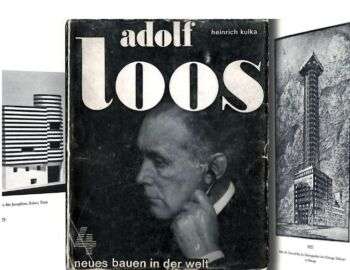
Image source: https://search.creativecommons.org/photos/f21c5f13-43bc-4e71-b202-402e87372751 by apfelaug
About His Life
Adolf Loos was an Austrian architect and is considered a precursors of modern architecture. He was born on 10 December 1870 in Brno, in Moravia, a region of Central Europe, which in recent years belonged to the Austro-Hungarian Empire. As a son of a sculptor, he grew up in his father’s workshop among marble blocks and chisels. He completed his studies and in 1893 he moved abroad to the United States and then to London. Then, in 1896, he returned to Europe and settled in Vienna. In the early years, he devoted himself to theoretical architecture and wrote numerous articles that set out the guidelines of his thought.

Image source: https://en.wikipedia.org/wiki/Caf%C3%A9_Museum#/media/File:Cafe_Museum_Strasse.jpg
His Architecture Works
As an architect, he was interested in residential architecture. His first project, in 1903, was the renovation of Villa Karma located in Montreux. The structure has extreme simplification of the surfaces and the rigorous volumetric study. Additionally, loos gained inspiration from the style and thought of Otto Wagnerthe partially symmetrical layout, the use of large surfaces of clear roofs, which contrast with the Doric order that marks the main entrance.
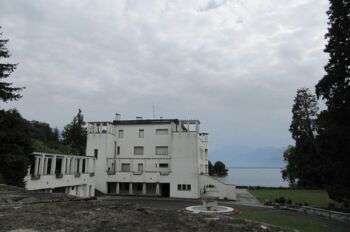
Source Image: https://en.m.wikipedia.org/wiki/File:Villa_Karma_(4).jpg
In 1910, Adolf Loos created the Villa Steiner and the house on Michaelerplatz in Vienna called “(das) Haus Ohne Augenbrauen,” (house without eyebrows). Then, in 1912, he designed the Scheu House, also located in Vienna, which was one of the first to use a flat roof terrace.
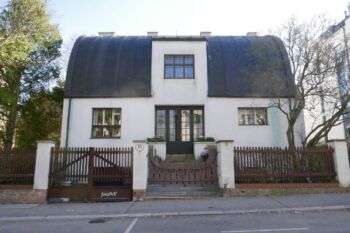
Image source: https://search.creativecommons.org/photos/8b1748da-5f2f-4ac8-81b2-fa9c34bc0a15 by yellow book
In the design of these houses, Loos invents the Raumplan, a spatial solution in which rooms have different heights depending on function, and therefore the relationship between different volumes suggests different heights. Le Corbusier will take up this idea in some of his most famous architecture projects.
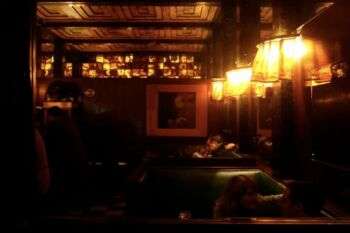
Image source: https://search.creativecommons.org/photos/eb48f0f1-926c-4301-8a9b-303241039167 by roryrory
About His Style
Since 1900, Loos proved to be hostile towards the Secession, the Austrian branch of Art Nouveau, and in particular towards the ornament, so heavily promoted by the secessionists.
Additionally, Loos’s fundamental argument against the use of ornament was because he disliked the waste of time and material caused by the decoration, which was a purely formal characteristic for him. According to the architect, the ornament was a form of slavery of practice, exercised by the designer on the craftsman to stage the nostalgia of the past that hides the true forms of modernity.
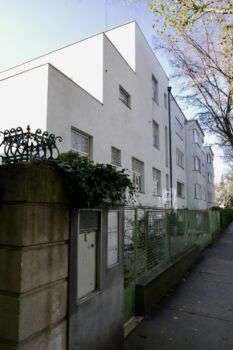
Image source: https://search.creativecommons.org/photos/0a03ea5e-1483-4b7a-8120-946f73058010 by yellow book
The bare and sparse facades that he opposed with opulent and decorative interiors, seem to contradict the rational principles he supported. Further, he does not reject the ornament when it was an intrinsic characteristic to the material, able to withstand time and fashion. In the interiors, like Mies van der Rohe, he used plenty of semi-precious materials such as wood, metal, and marble. Yet, his aversion to the ornament was not purely aesthetic, but primarily rational, against the ephemeral and the frivolous.
His architecture carries evocative symbolic interpretations demonstrating keen attention to the territorial and human context. Further, this is the reason why his masterpieces are the small private houses.
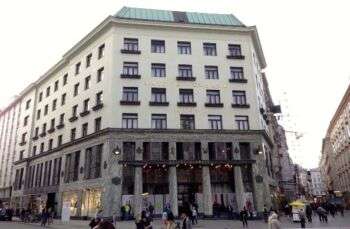
Image source: https://search.creativecommons.org/photos/7df4b2cd-ce4e-445b-9910-91e964d1ce57 by andynash
His Writings
In the writings of Adolf Loos, more and more attention was paid to an overkill of decor both in traditional Viennese design and in later products of the Vienna Secession and the Vienna Workshop. In 1898, in the pages of Ver Sacrum, the organ of the Vienna Secession, Adolf Loos published an essay that marked the beginning of a long theoretical opposition to the then-popular art-neo movement. His theories culminated in a short essay titled “Ornaments and Crime,” published in 1908. Thanks to this writing, Loos is considered one of the founders of European Rationalism.
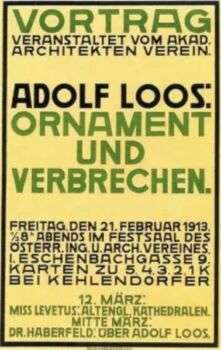
Image source: https://nisayeles.wordpress.com
For Adolf Loos, the lack of ornamentation in architecture was a sign of spiritual strength. His essay quickly became a theoretical manifest and a key document in modernist literature and spread widely abroad.
His Major Works
- Cafè Museum in Vienna, Austria (1898 to 1899)
- Villa Karma, Clarens, in Montreux, Switzerland (1904 to 1906)
- American Bar in Vienna, Austria (1907)
- Steiner House in Vienna, Austria (1910)
- House on the Michaelerplatz in Vienna, Austria (1910 to 1911)
- Scheu House in Vienna, Austria (1912 to 1913)
- Schneidersalon Knize in Vienna, Austria (1909 – 1913)
- Moller House in Vienna, Austria (1927 to 1928)
- Villa Müller in Prague, Czech Republic (1930)

Image source: https://search.creativecommons.org/photos/46c61cef-501f-4c15-b129-443efd8256ea by roryrory

Image source: https://search.creativecommons.org/photos/7871648f-27c6-442c-8841-9014bb6dc6a4 by roryrory
Info sources:
For more references, please also visit: www.jbdesign.it/idesignpro
